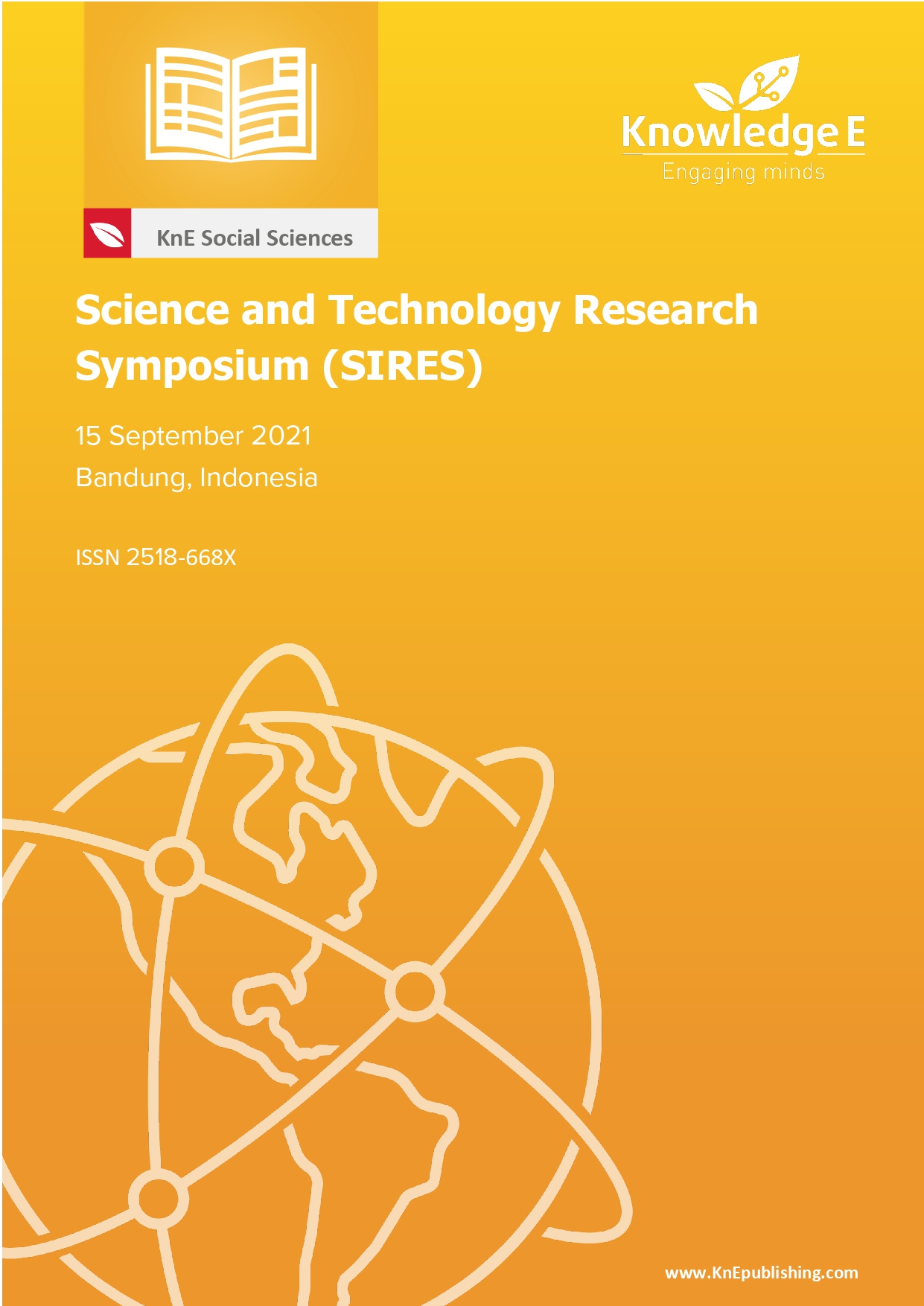The Influence of E-Government Services on Corruption in Indonesia and Malaysia
DOI:
https://doi.org/10.18502/kss.v0i0.12332Abstract
This study aimed to examine the relationship between the components of e-government services and corruption in Malaysia and Indonesia. Many efforts have been made by governments of both countries to provide sophisticated e-government platforms and public participations towards the anti-corruption strategy. However, cases of corruption in Indonesia and Malaysia have not shown declining trends. A total of 240 questionnaires were distributed to respondents in Indonesia and Malaysia. Mann-Whitney U was used to compare e-government services and corruption between Indonesia and Malaysia. Interestingly, results reveal that there was a difference in the e-government model between Indonesia and Malaysia settings. In Malaysia, G2G and G2C have a significant effect on corruption, but in Indonesia, G2B and G2C have significant effect with corruption.
Keywords: e-government, government to government (G2G), government to business (G2B), government to citizenship (G2C), anti-corruption.
References
Nwadinobi EC, Peart A. E-government Development in Nigeria, Bank Verification No (BVN) an. Volume 8. EasyChair; 2018. https://doi.org/10.29007/h2tr.
Park CH, Kim K. E-government as an anti-corruption tool: panel data analysis across countries. Int Rev Adm Sci. 2020;86(4):691–707.
Wu AM, Yan Y, Vyas L. Public sector innovation, egovernment, and anticorruption in China and India: insights from civil servants. Aust J Public Adm. 2020;79(3):370–85.
Abdalla S. Ip-Shing F. Framework for e-government assessment in developing countries: case study from Sudan. Electronic Government, an International Journal. 2012; 9(2):158–177.
Siddique HR, Sharma A, Gupta SC, Murthy RC, Dhawan A, Saxena DK, et al. DNA damage induced by industrial solid waste leachates in Drosophila melanogaster: a mechanistic approach. Environ Mol Mutagen. 2008 Apr;49(3):206–16.
Nadjib A. Corruption Analysis in Religiosity Perspective. Journal of Talent Development and Excellence. 2020;12 no. 2s:2478–89.
Twizeyimana JD, Andersson A. The public value of E-Government – A literature review. Gov Inf Q. 2019;36(2):167–78.
Hamzah N, Mustari MI, Basiron B. Model of Spiritual Education for Children among Successful Women in the Public Sector. Global Journal AlThaqafah. 2015;5(1):105–11.
Sham FM, Yusof S. Religiosity of Muslim Adolescents from Single Parent Families Living in Government-Subsidised Settement. Global Journal Al-Thaqafah. 2015;5(2):1–12.
Cressey D. Other people’s money, dalam: “Detecting and Predicting Financial Statement Fraud: The Effectiveness of The Fraud Triangle and SAS No. 99,”. Journal of Corporate Governance and Firm Performance. 1953;13:53–81.
Wells JT. Corporate fraud handbook: Prevention and detection. John Wiley & Sons; 2017. https://doi.org/10.1002/9781119351962.
Yıldız M. Decision-Making Models Used in E-Government Projects: Evidence from Turkey. In: Morçöl G, editor. Handbook of Decision-Making. Marcel Dekker Publications; 2007. pp. 395–416.
Wathne C. Understanding corruption and how to curb it A synthesis of latest thinking. Norway: CMI. CHR. Michelsen Institute: 2021.
Jain AK. Corruption: A Review. J Econ Surv. 2021;15(1):71–121.
Rose-Ackerman S. Political Corruption and Democracy. Conn J Int Law. 1999;14(2).
Fang Z. E-Government in Digital Era: Concept, Practice, and Development. International Journal of The Computer, The Internet and Management. 2002;10(2):1- 22.
Sujarweni W. Metodologi Penelitian, Yogyakarta: Pustaka Baru Press, 2014.
Signore O. Towards a quality model for web sites. CMG Poland Annual Conference; 2005; Warsaw.
Bhatnagar S. Transparency and Corruption: does e-government help? Draft paper prepared for the compilation of CHRI 2003 Report OPEN SESAME: looking for the Right to Information in the Commonwealth. Commonwealth Human Rights Initiative; 2003a. pp. 1–9.
Kim WC, Mauborgne R. Blue Ocean Strategy. Boston: Harvard Business; 2005.
Ramli RM. E-Government Implementation Challenges In Malaysia And South Korea: A Comparative Study. Electron J Inf Syst Dev Ctries. 2017;80(7):1–26.
Abdullah WM, Daud S, Hanapiyah ZM. Improving Human Value through Religiosity and Spirituality in reducing Corruption Risk. 9th International Economics and Business Management Conference - European Proceedings of Social and Behavioural Science; 2019; Malaysia.

